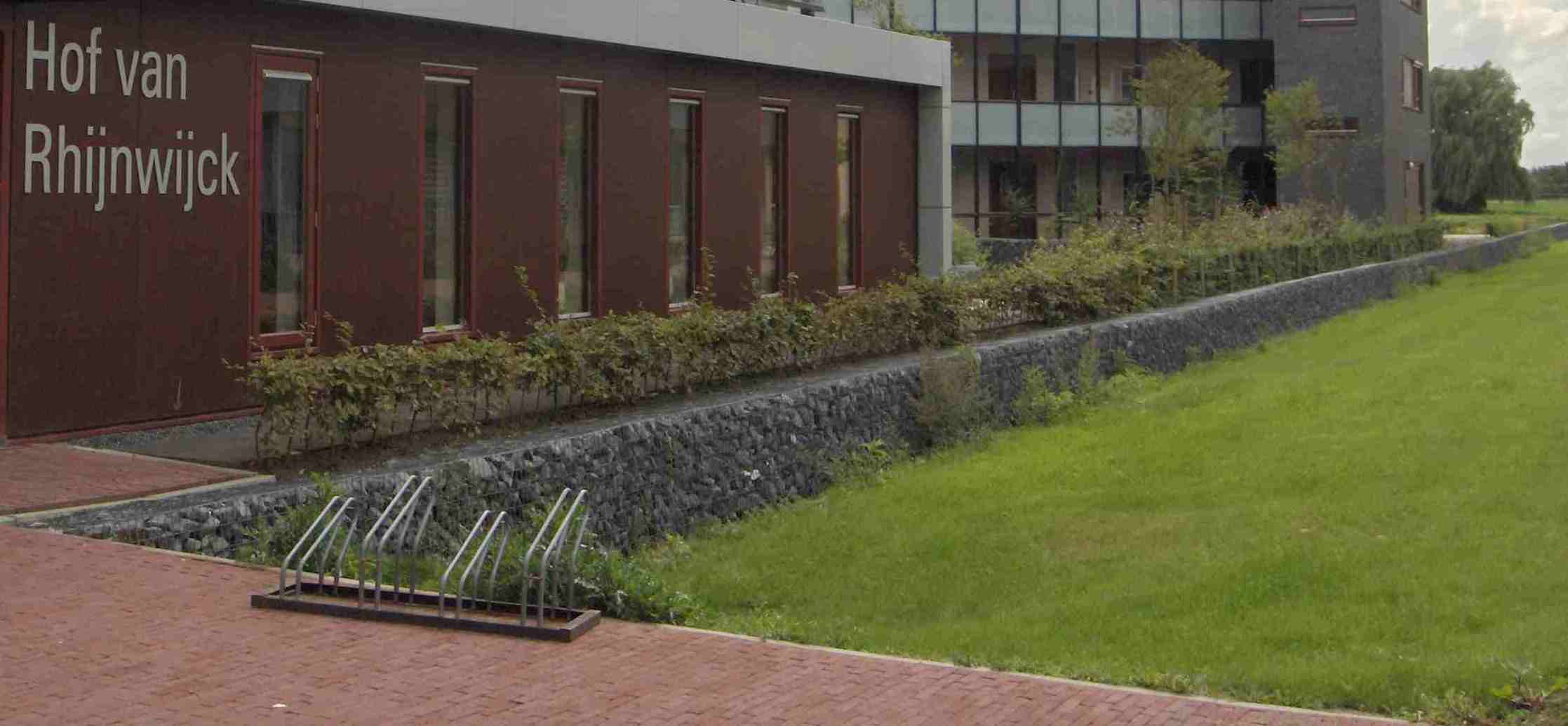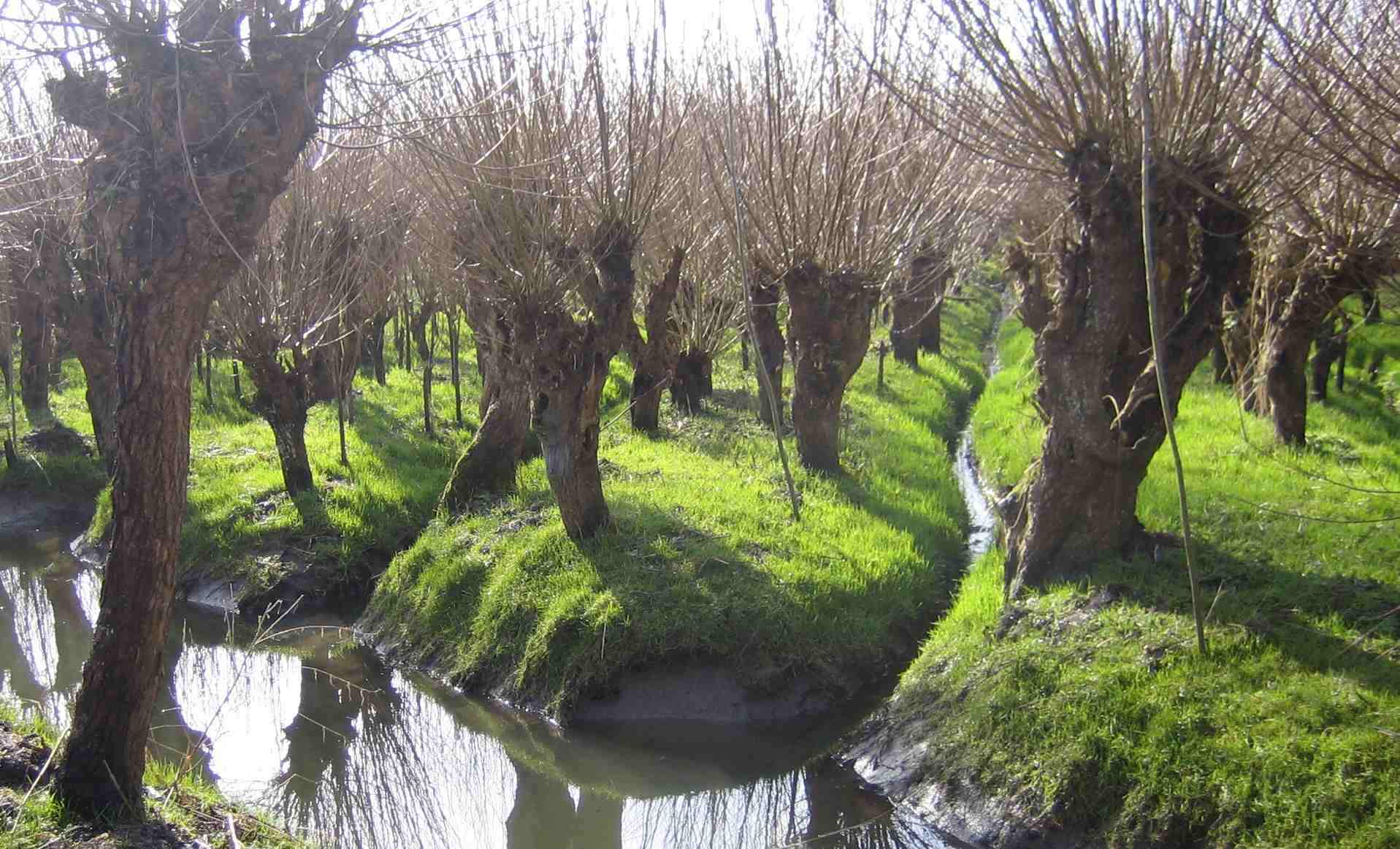|
PROJECT-OFFICE FOR SPATIAL DEVELOPMENT (POSD) |
||
| INDEX
|
DELTA
TECHNOLOGY AND URBAN PLANNING
A delta environment calls
for an approach of urban planning where water is an intrinsic part of
the design. The concept of Delta Technology encompasses more than technological research on water and surface. It also refers to embedding technology in societal decision making on the futere of vulnerable delta regions. POSD has years of experience in the field of delta technology and urban planning. We specialise in converting traditional (low tech) techniques to modern applications. We invented several technological developments and design issues on delta technology. examples Eeuwkanten (Vancouver, 2004)
“Eeuwkanten”
are low-lying stretches of land along a watercourse, which are flooded in times
of high water. The use of eeuwkanten dates from several centuries ago (probably
the middle-ages).
Urban wadis A “wadi” (Arab for “valley” or “dry bed of a river”) functions much like a broad swale. They are covered with humus and may be planted with grass or other vegetation, such as reeds and rushes. During heavy rainfall, normally only 3 or 4 times per year, the wadi fills with water and then dries up after about 24 hours.Wadis need a lot of space. We developed a variety that needs less space.
Grienden Grienden are areas wooded with willow-trees that are cut every 2 or 3 years. They can be used as wave-protection and simultaneously as source of biomass. Wave-protaction is used when large areas are flooded in case of high water. The wind will cause waves on large surfaces. Dikes, quay-walls or other protective constructions could be damaged by the waves. The trees will break the waves and protect the constructions. Because willow-trees grow fast, they can be cut every 2 or 3 years. Harvesting of the wood can be done by hand or by machines. The biomass-production is quite considerable.
|
Gouverneur Hultmanstraat 2
5224 CJ 's-Hertogenbosch The Netherlands+31 651 46 11 15 |


